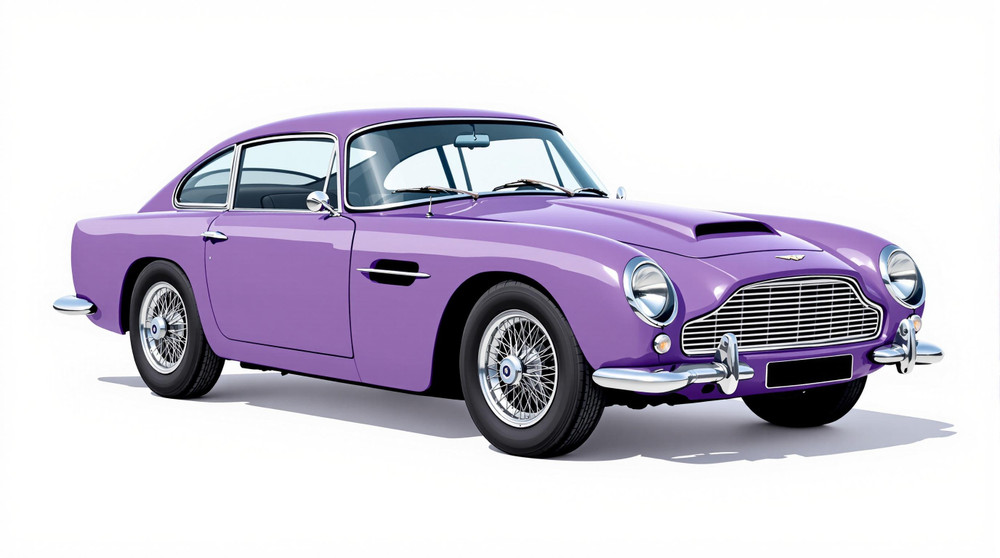Image of 1959 Aston Martin Db4, Note: These illustrations use artistic license and may differ from actual historical models.
Performance Metrics
Fundamental Metrics
Emotional Appeal
MMP Rating
| Engine Specifications | |
|---|---|
| Engine: | Inline 6 |
| Displacement: | 3670 cc |
| Horsepower: | 240-266 hp |
| Torque: | 240 lb-ft |
| Compression Ratio: | 8.25:1 |
| Ignition System: | Twin-Spark Ignition System |
| Cooling System: | Liquid Cooled |
| Performance Specifications | |
| 0-60 Time: | 9 seconds |
| 1/4 Mile Time: | 16 seconds |
| Top Speed: | 140 mph |
| Transmission and Drive | |
| Drive Type: | Rear Wheel Drive |
| Transmission Type: | 4-speed manual, optional overdrive |
| Fuel and Efficiency | |
| Fuel System Type: | Triple SU carburetors |
| MPG: | 15 mpg |
| Dimensions and Brakes | |
| Brakes: | Disc Brakes |
| Wheelbase: | 98.3 inches |
| Weight: | 1300 kg |
Note: Specifications for classic cars are given to the best of our ability, considering the limited and variant data available.
Introduction
With a legacy that resonates through the corridors of automotive excellence, the 1959 Aston Martin DB4 stands as a paragon of British engineering and style. Born from the skilled hands of Aston Martin Lagonda Ltd, this grand tourer made its mark as a symbol of luxury and performance. The DB4 was a significant departure from its predecessor, the DB Mark III, and introduced during a period when sports cars were evolving rapidly. A notable moment in its history is when it served as the blueprint for the legendary Aston Martin DB5, famed for its association with James Bond.
Design and Innovation
The 1959 Aston Martin DB4's exterior styling was a harmonious blend of Italian flair and British elegance, thanks to the design by Carrozzeria Touring of Milan. Its sleek lines and sculpted bodywork were crafted using the patented Superleggera technique, resulting in a lightweight yet rigid construction. Inside, occupants were treated to sumptuous leather and fine carpeting, with each detail meticulously appointed. Technologically advanced for its time, the DB4 featured disc brakes all around—a rarity among its peers. Color options ranged from subdued to vibrant, with Silver Birch and California Sage being among the popular choices. The DB4 was available in several body styles, including a saloon, convertible (Volante), and the rare GT variant.
Historical Significance
The Aston Martin DB4's introduction marked a turning point in automotive design. It set new standards for grand tourers with its unibody construction—a significant leap forward from the separate chassis design of previous models. This innovation not only improved rigidity but also allowed for more sophisticated suspension geometry, influencing future sports cars.
Performance and Handling
The heart of the DB4 was a 3.7-liter inline-six engine that delivered spirited performance figures for its era: reaching top speeds in excess of 140 mph and sprinting from 0-60 mph in approximately 9 seconds. The driving experience was characterized by a symphony of mechanical harmony as the engine roared to life. Handling was precise and responsive, allowing drivers to navigate winding roads with confidence while still providing a comfortable ride over uneven surfaces.
Ownership Experience
The 1959 Aston Martin DB4 catered to various roles—from daily driving to weekend racing—thanks to its versatile nature. Maintenance required a dedicated approach, typical for hand-built British sports cars of that period. Reliability was commendable when properly cared for, though access to specialized service could be challenging.
Fun Facts
A curious piece of trivia about the DB4 is that it was the first production car capable of going from 0-100-0 mph in under 30 seconds—testament to both its acceleration and braking prowess. Celebrity ownerships included actor Peter Sellers and band member Paul McCartney of The Beatles. While some critics pointed out its hefty price tag at launch, few could deny its desirability.
Collector's Information
Today, the value range for a well-maintained 1959 Aston Martin DB4 can vary greatly depending on condition, history, and specific model variant—with prices often exceeding half a million dollars. Approximately 1,200 units were produced across all DB4 series, making it relatively rare. The market has seen these vehicles appreciate over time due to their iconic status and historical importance.
Conclusion
The 1959 Aston Martin DB4 remains an emblematic figure in classic motoring circles—a testament to design brilliance and engineering foresight. Its influence on subsequent models and enduring appeal solidify it as not just a car but an essential chapter in automotive history.
1959 Aston Martin Db4 Catalog of Parts
 1959 Aston Martin DB4 Steering Column Dust Seal at Firewall-BL 5Steering Column Dust Seal at Firewall. 1-1/8" wide hole at top, 4-1/2" O.D. at base. Replaces AM part #50999. Each
1959 Aston Martin DB4 Steering Column Dust Seal at Firewall-BL 5Steering Column Dust Seal at Firewall. 1-1/8" wide hole at top, 4-1/2" O.D. at base. Replaces AM part #50999. Each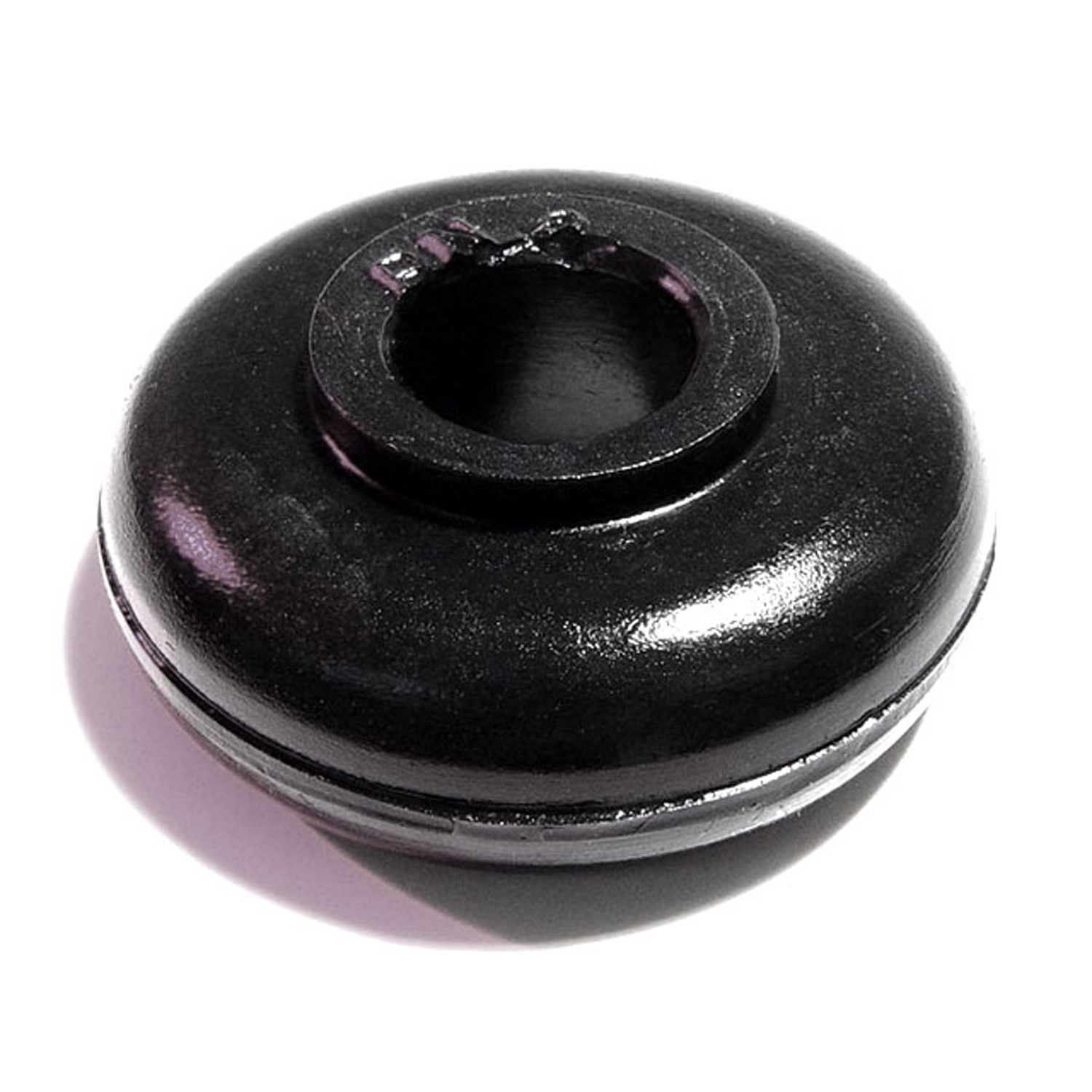 1959 Aston Martin DB4 Roll Bar Bushing. 1/2" high, with 1/2" hole. Each-BN 2Roll Bar Bushing. 1/2" high, with 1/2" hole. Each
1959 Aston Martin DB4 Roll Bar Bushing. 1/2" high, with 1/2" hole. Each-BN 2Roll Bar Bushing. 1/2" high, with 1/2" hole. Each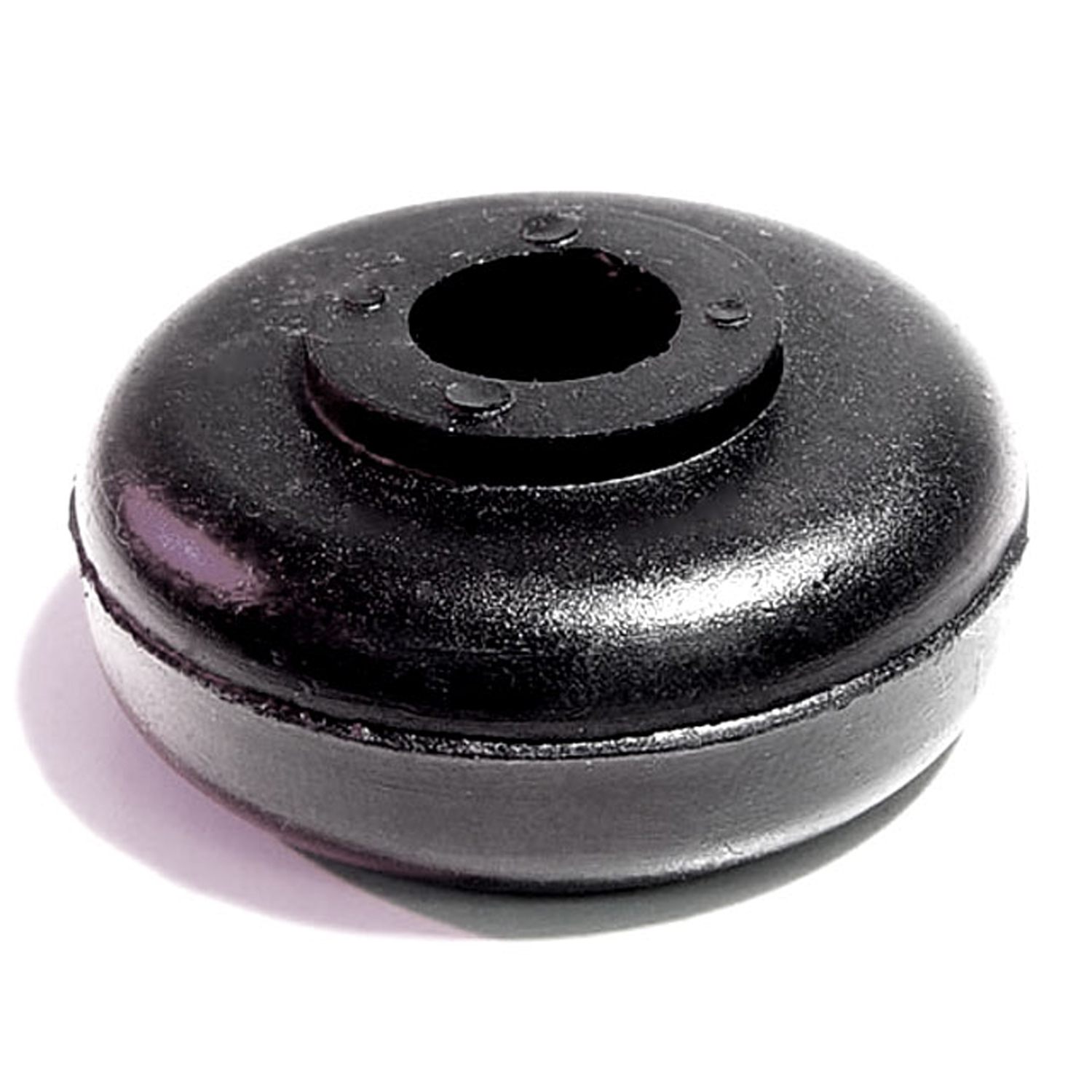 1959 Aston Martin DB4 Shock Grommet. 9/16" high, 3/8" hole. Each-BN 2-AShock Grommet. 9/16" high, 3/8" hole. Each
1959 Aston Martin DB4 Shock Grommet. 9/16" high, 3/8" hole. Each-BN 2-AShock Grommet. 9/16" high, 3/8" hole. Each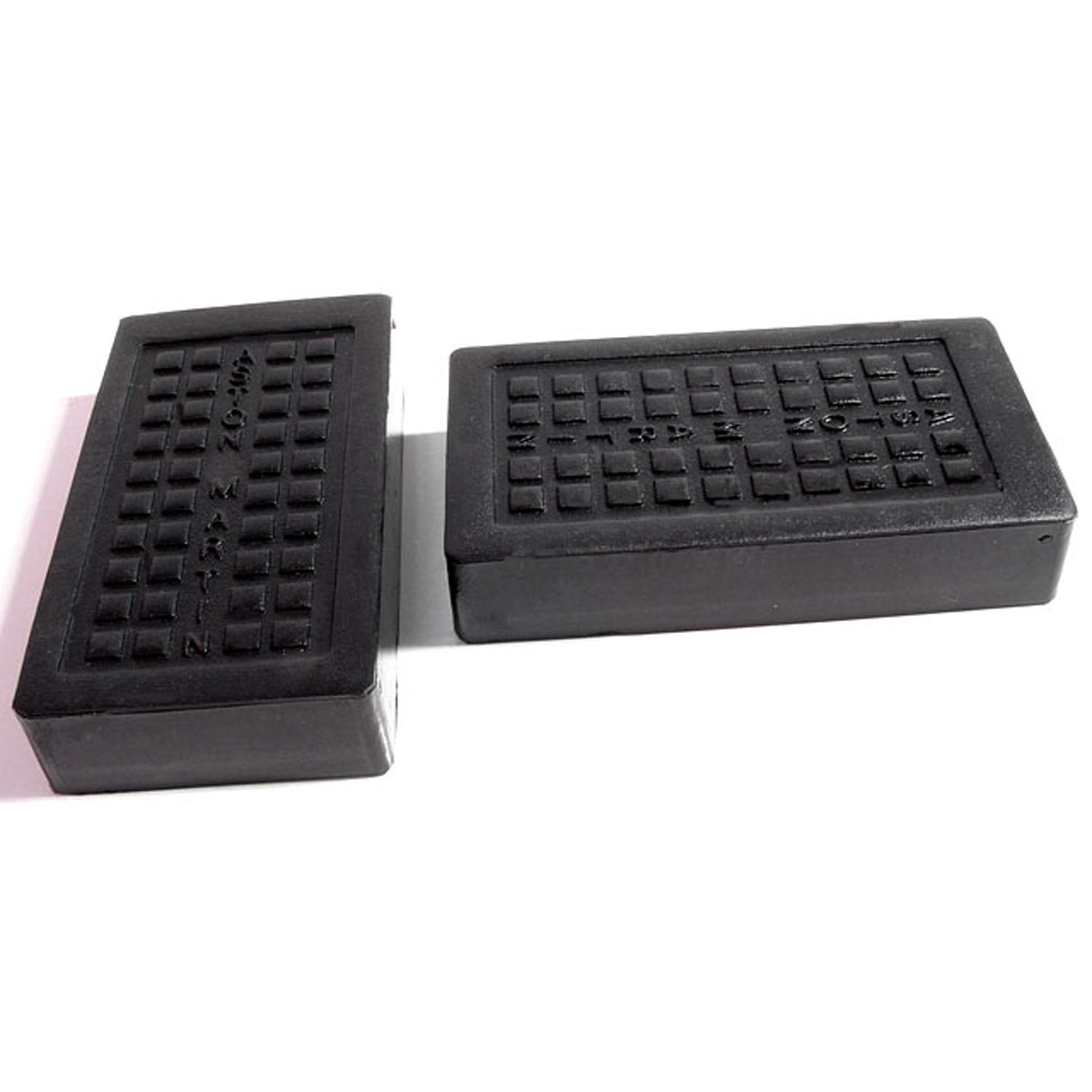 1959 Aston Martin DB4 Clutch and Brake Pedal Pads. Perfect reproduction-CB 175Clutch and Brake Pedal Pads. Perfect reproduction. 1-3/4" wide X 3-1/4" long. Pair
1959 Aston Martin DB4 Clutch and Brake Pedal Pads. Perfect reproduction-CB 175Clutch and Brake Pedal Pads. Perfect reproduction. 1-3/4" wide X 3-1/4" long. Pair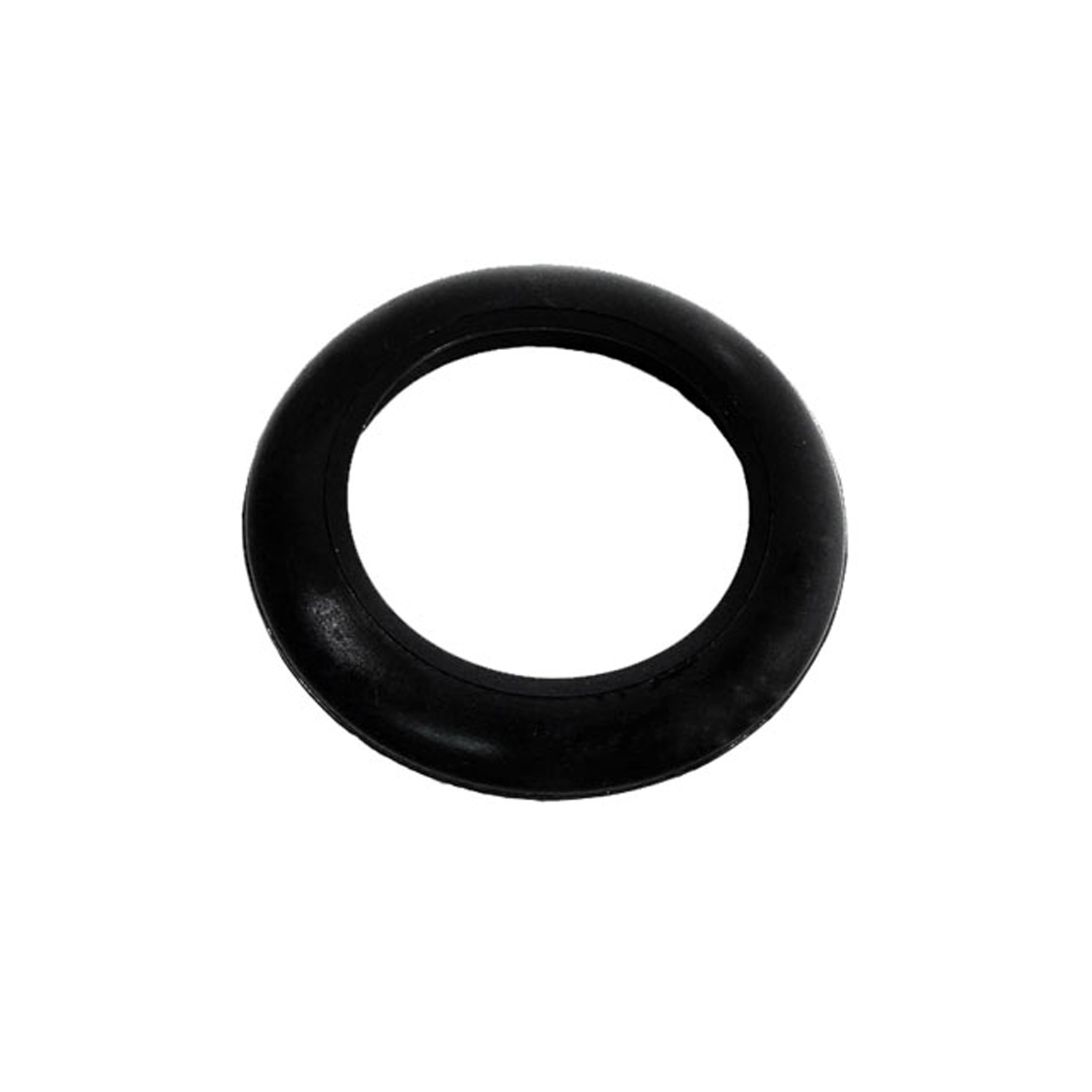 1959 Aston Martin DB4 Front Brake Caliper, Dust Excluder. For V-8 models-DE 10Front Brake Caliper, Dust Excluder. For V-8 models. 2-1/8" I.D., 3-1/4" O.D. Each
1959 Aston Martin DB4 Front Brake Caliper, Dust Excluder. For V-8 models-DE 10Front Brake Caliper, Dust Excluder. For V-8 models. 2-1/8" I.D., 3-1/4" O.D. Each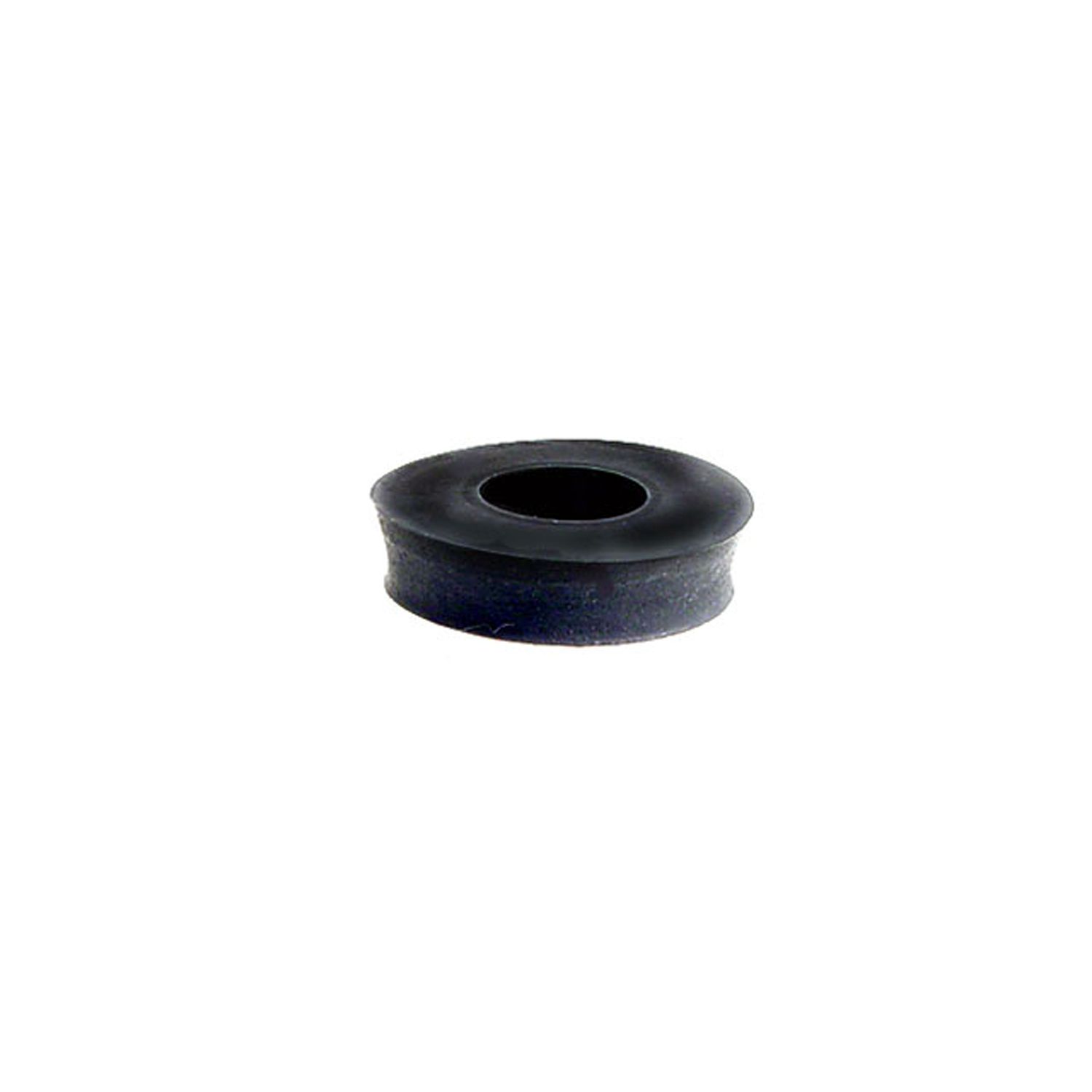 1959 Aston Martin DB4 Radiator Rod Cushion. 1/4" thick, 3/8" hole, 1" O.D-RA 1Radiator Rod Cushion. 1/4" thick, 3/8" hole, 1" O.D. Eight used per car. Each
1959 Aston Martin DB4 Radiator Rod Cushion. 1/4" thick, 3/8" hole, 1" O.D-RA 1Radiator Rod Cushion. 1/4" thick, 3/8" hole, 1" O.D. Eight used per car. Each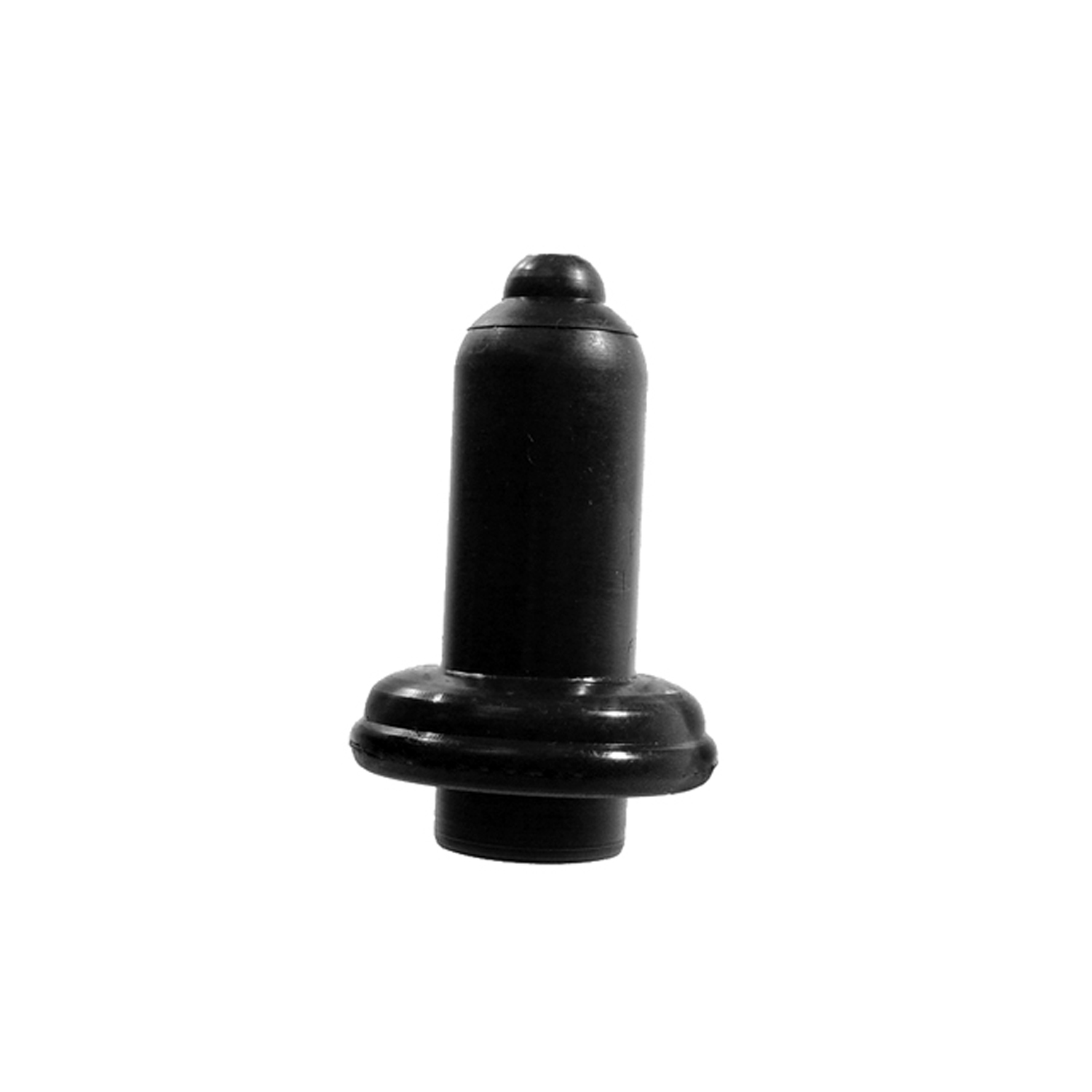 1959 Aston Martin DB4 Spark Plug Boot. Each-RP 1-ZSpark Plug Boot. Each
1959 Aston Martin DB4 Spark Plug Boot. Each-RP 1-ZSpark Plug Boot. Each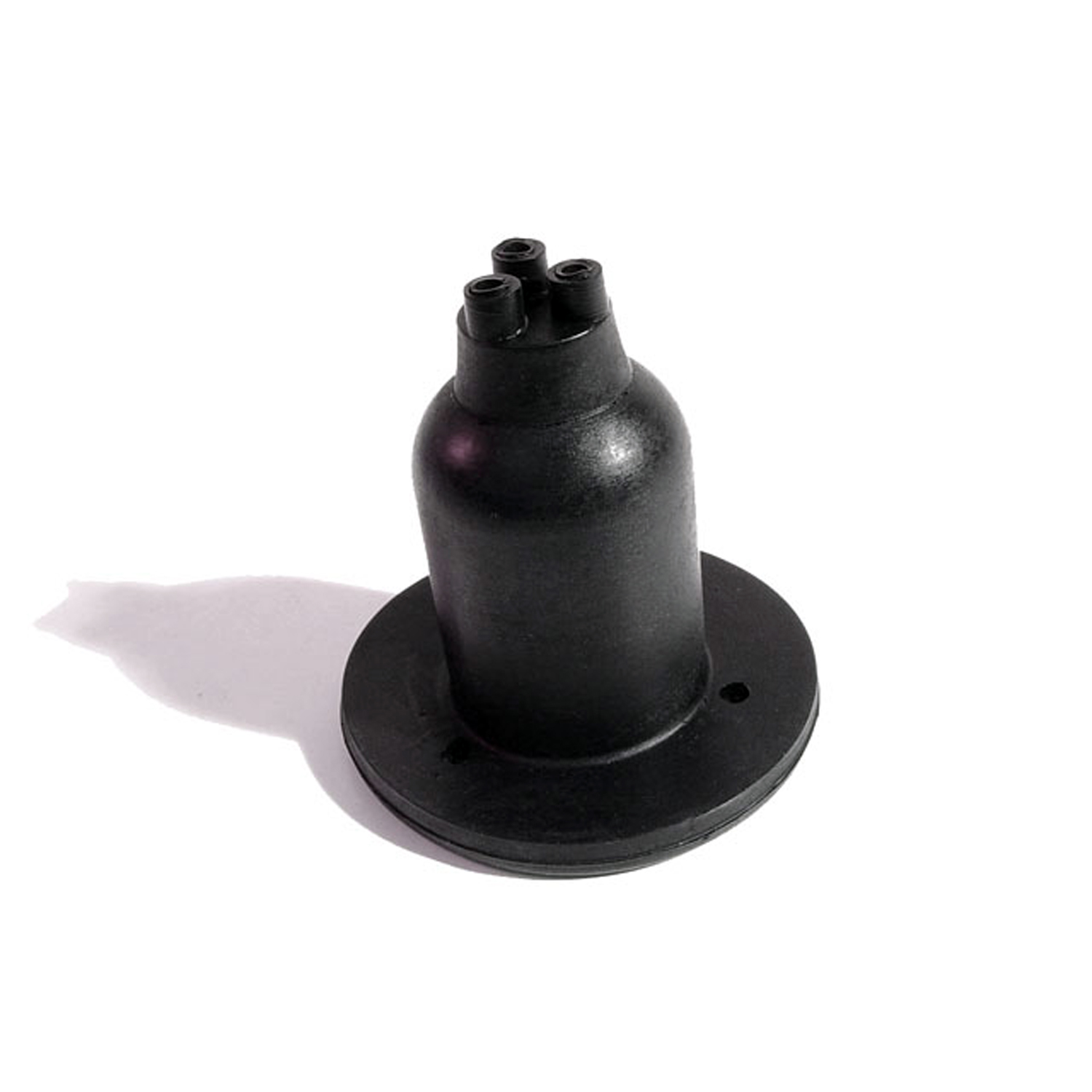 1959 Aston Martin DB4 Park Light Boot, with Beaded Pad. Order two per car-SM 65-GPark Light Boot, with Beaded Pad. Order two per car. Overall height is 2-5/8", I.D. of body is 1-1/8", I.D. of bead is 2-1/4". Each
1959 Aston Martin DB4 Park Light Boot, with Beaded Pad. Order two per car-SM 65-GPark Light Boot, with Beaded Pad. Order two per car. Overall height is 2-5/8", I.D. of body is 1-1/8", I.D. of bead is 2-1/4". EachWhy Choose Metro?
For over 100 years, Metro Moulded Parts has been the pinnacle of quality in classic car restoration parts. Our commitment to precision and authenticity in every component ensures a perfect fit and an OEM-level appearance.
- Expert Craftsmanship & Quality: Each part is a testament to our dedication to reliability and perfection, crafted from original designs and thoroughly tested.
- Advanced Technology: We use cutting-edge techniques to create flawless, long-lasting parts that surpass others in performance.
- SuperSoft Sponge – The Ultimate Door Seal: Not only are our door seals 30% softer than competitors', but they're also guaranteed to never leak. They effectively reduce wind and road noise, enhancing your classic car's comfort and driving experience.
- Proudly American: Our parts are a product of American craftsmanship, made in the USA with a spirit of excellence and heritage.
- Unrivaled Warranty: We back our products with a 30-year industry-leading warranty, a testament to our confidence in their quality.
Join us in preserving the legacy of classic cars with parts that are crafted for perfection, not just made.

